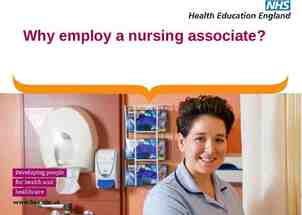NON-EXPERIMENTAL RESEARCH CCGS Psychology
10 Slides52.23 KB
NON-EXPERIMENTAL RESEARCH CCGS Psychology
SCASA SYLLABUS features of non-experimental (descriptive) research methods case studies Surveys correlational studies archival research behavioural variables (not dependent and independent variables) in correlational studies
NON-EXPERIMENTAL RESEARCH Experimenter can not control, alter or manipulate the independent variable or the participants (DV). Typically this means that non-experimental research must rely of correlations, surveys or case studies and cannot demonstrate a true cause-and-effect relationship
CASE STUDIES An in-depth or detailed study on a single person or small group of people. Advantages: Allows researchers to gain very specific information about a particular occurrence or phenomenon, detailed and in depth data obtained, allows investigations that would otherwise be impractical or unethical. Disadvantages: Time consuming, difficult to generalise findings from one person to the wider population, Low reliability, Impossible to replicate, little control over other variables
SELF REPORT METHODS 1. Interviews - direct verbal questioning of the subject by the researcher. 2. Surveys – written methods of gaining data from subjects that do not necessarily require the presence of a researcher Advantages: Collect subjective data that can’t be overtly seen or measured normally, Provides insight into reasons behind behaviour, Generates large amounts of data Disadvantages: Self reports can make it difficult to compare data between participants due to their subjective nature, can be time consuming (eg: interviews take a long time to complete),
CORRELATIONS Correlational studies measure the relationship between two or more variables to see if a trend or a systematic pattern exists between them (relationship). behavioural variables (not dependent and independent variables) are used in correlational studies A positive correlation – two variables vary / change in the same direction – as one increases, the other increases or vice versa. Eg: as height increases, weight tends to increase. A negative correlation – two variables vary in opposite directions – as one increases, the other tends to decrease. Eg: as body size increases, gymnastic ability decreases.
CORRELATIONS A correlation coefficient – R-value, describes strength and size of relationship. It is a number between -1.00 and 1.00. Close to zero or zero WEAK RELATIONSHIP 1.00 PERFECT POSITIVE RELATIONSHIP -1.00 PERFECT NEGATIVE RELATIONSHIP
ARE THESE RELATIONSHIPS POSITIVE OR NEGATIVE, STRONG OR WEAK? 0.30 0.00 0.01 -0.50 0.80 -1.00
OBSERVATIONAL RESEARCH Involves collection of data by carefully watching and recording behaviour as it occurs within a specific environment and drawing conclusions based on these recorded observations. Can be naturalistic (viewed by a researcher in an inconspicuous manner), controlled (researchers conceal their presence while making observations) or participant observation (researchers participate in the activity and may try to be deliberately mistaken by the participants as being part of the group or situation
OBSERVATIONAL RESEARCH advantages: large amount of detail can be obtained. High ecological validity (in natural environment) disadvantages: Observer effect - changes the participant’s behaviour if they are aware they are being observed. Observation bias. Occurs when the observer sees what they expect to see, or records only selective details. It is also difficult to determine the exact cause of a behaviour and the experimenter cannot control for outside variables.















